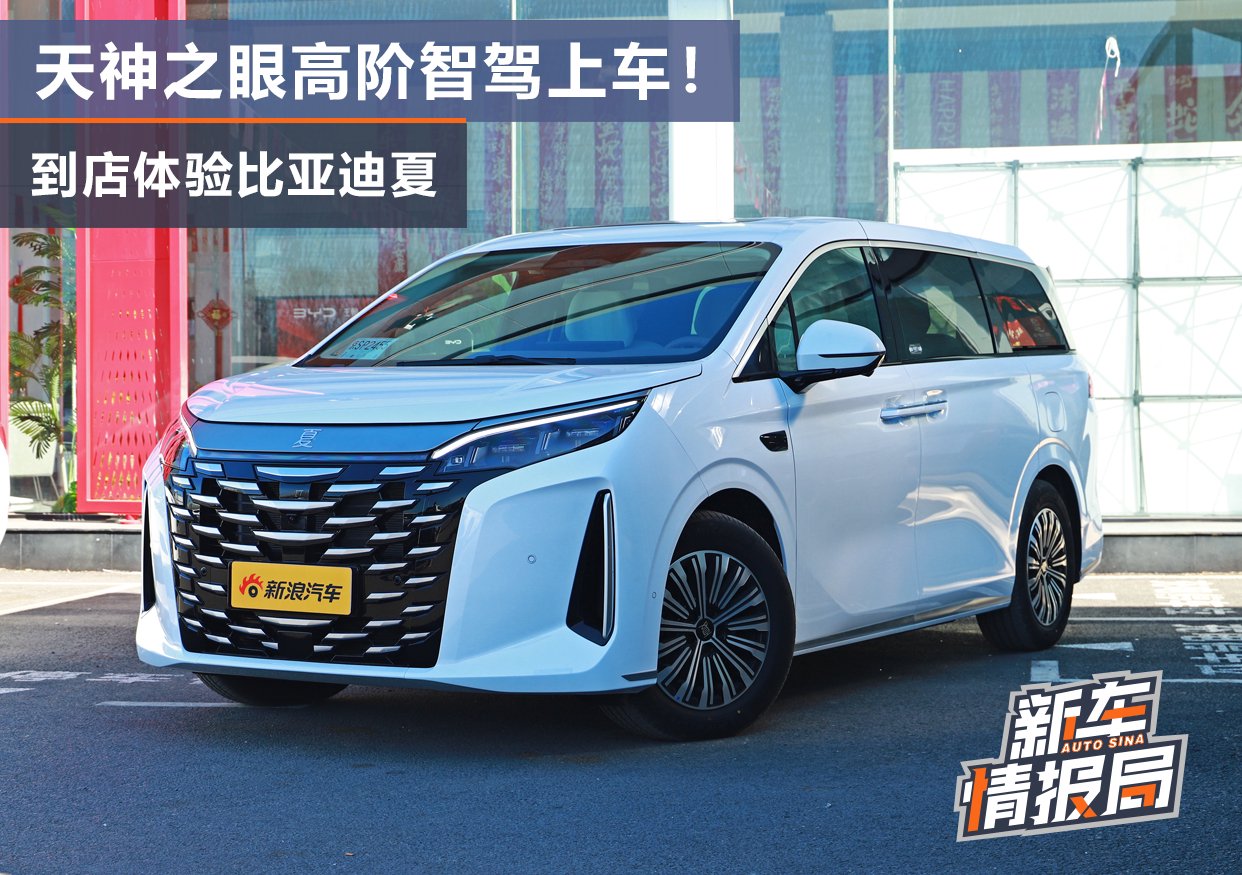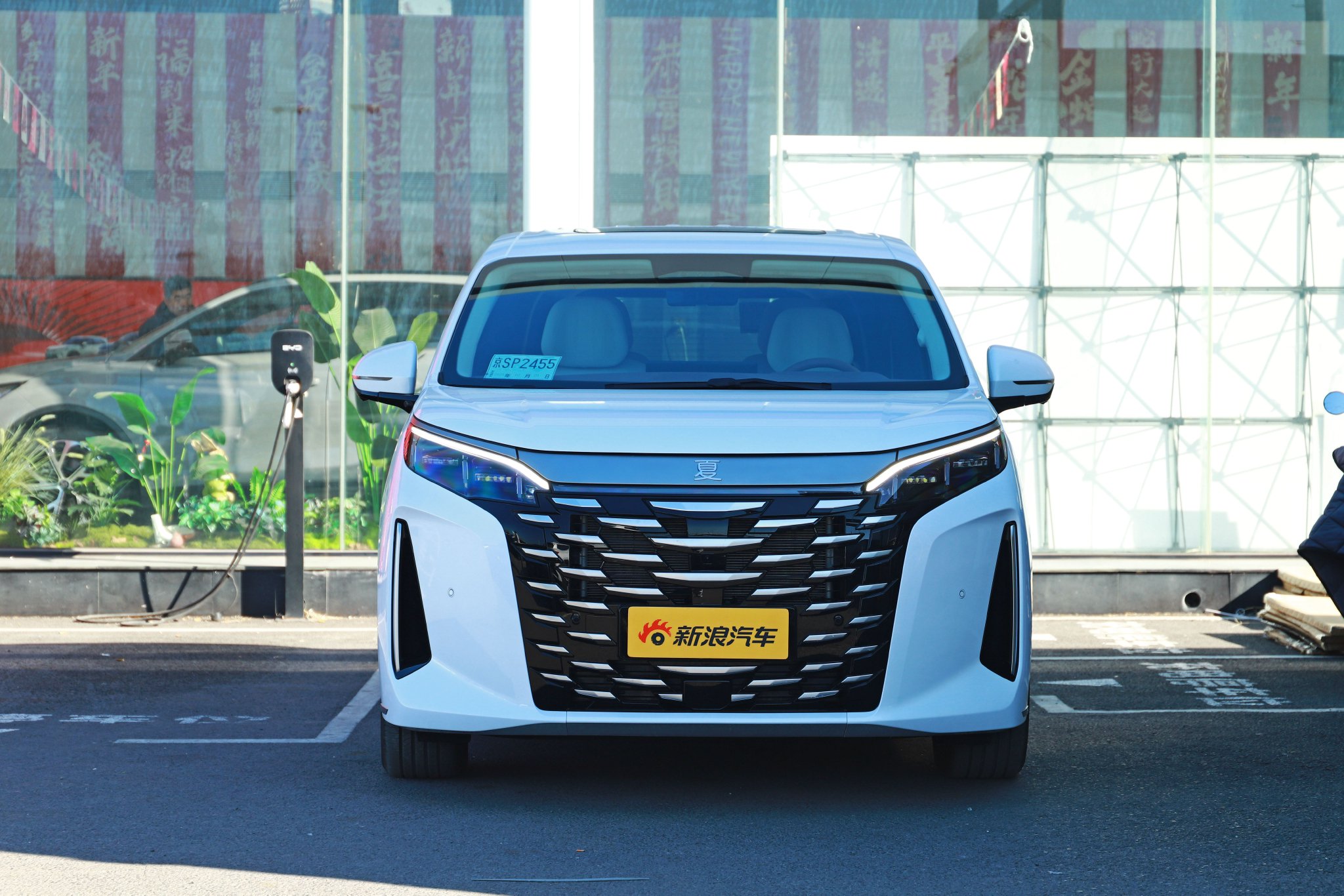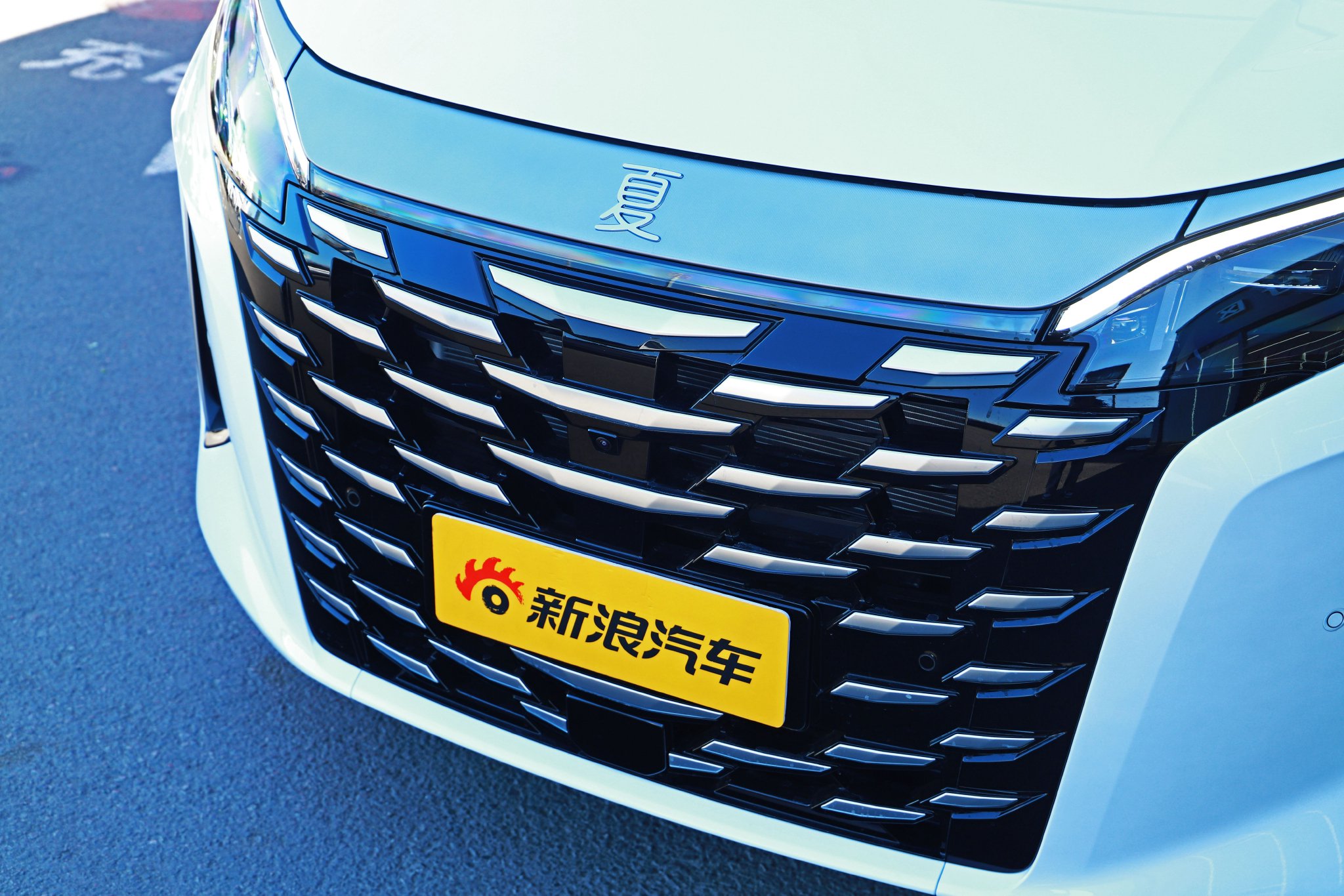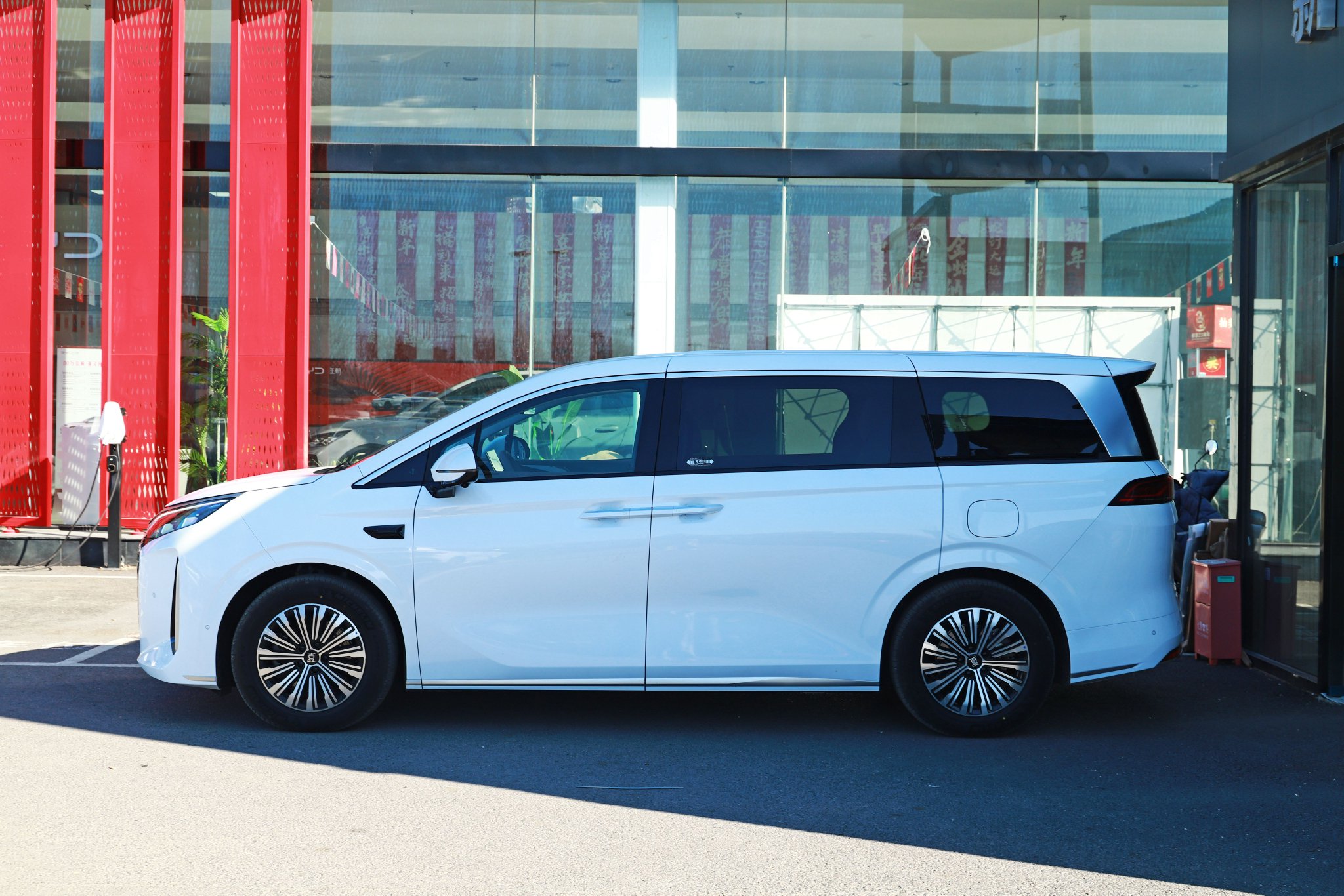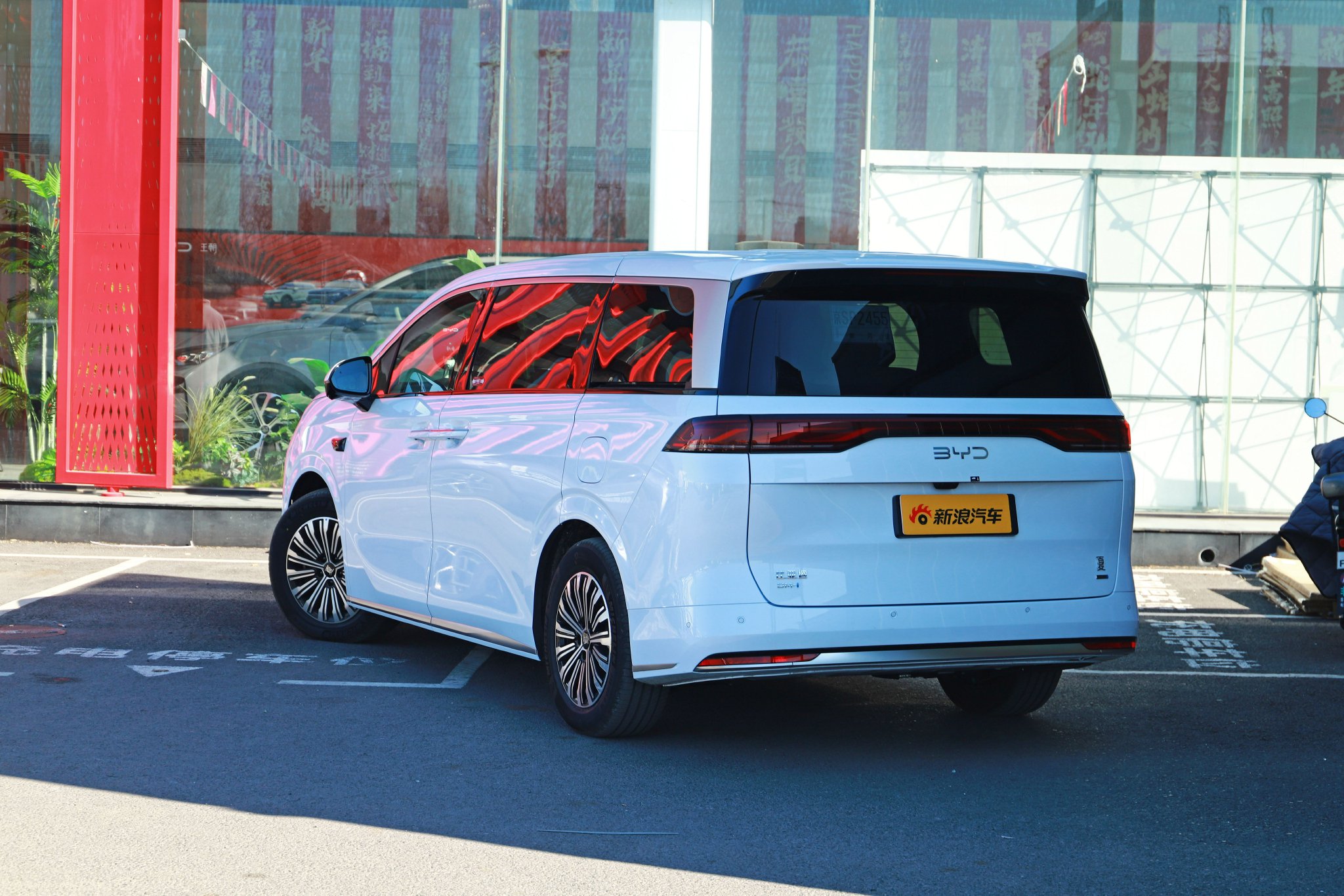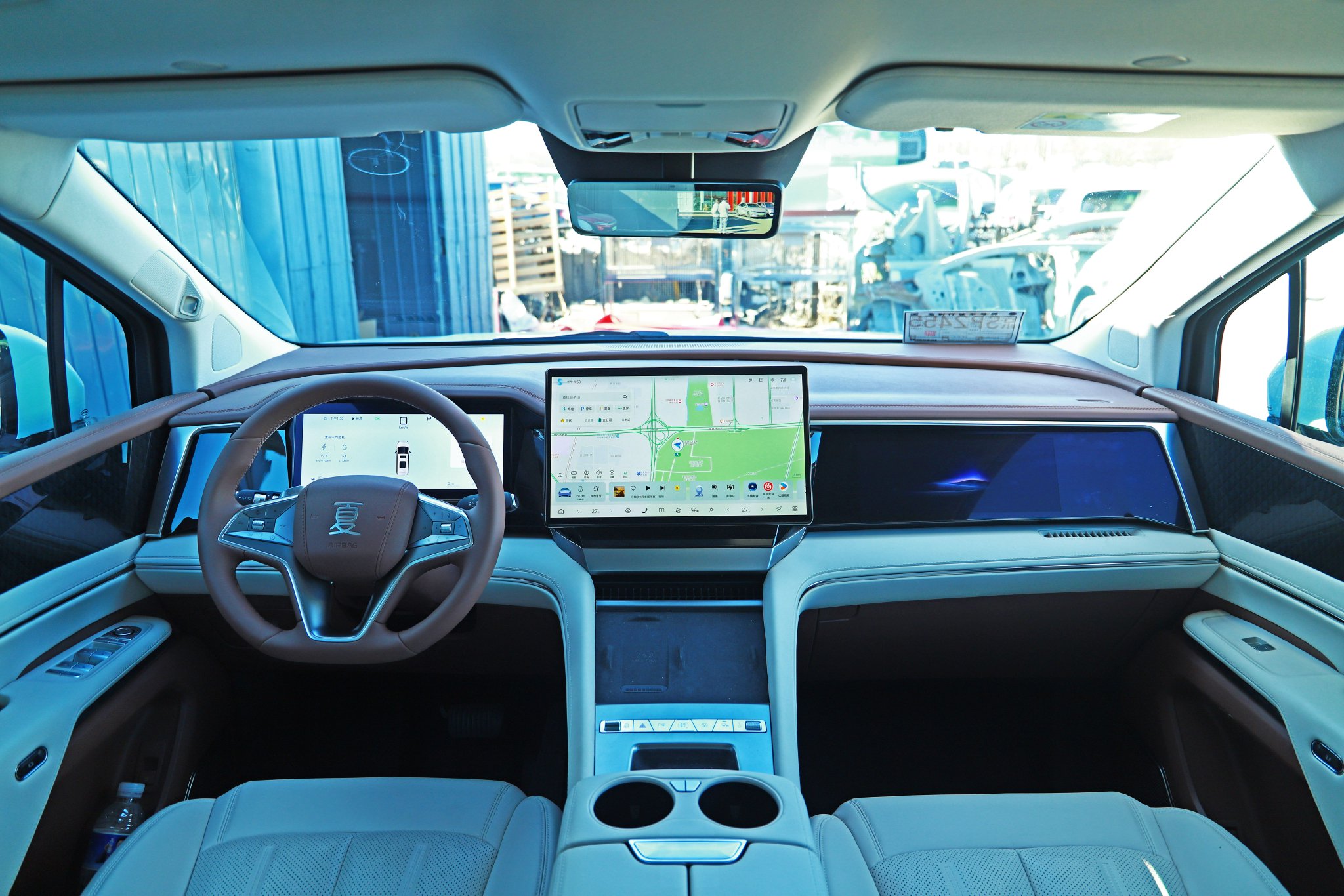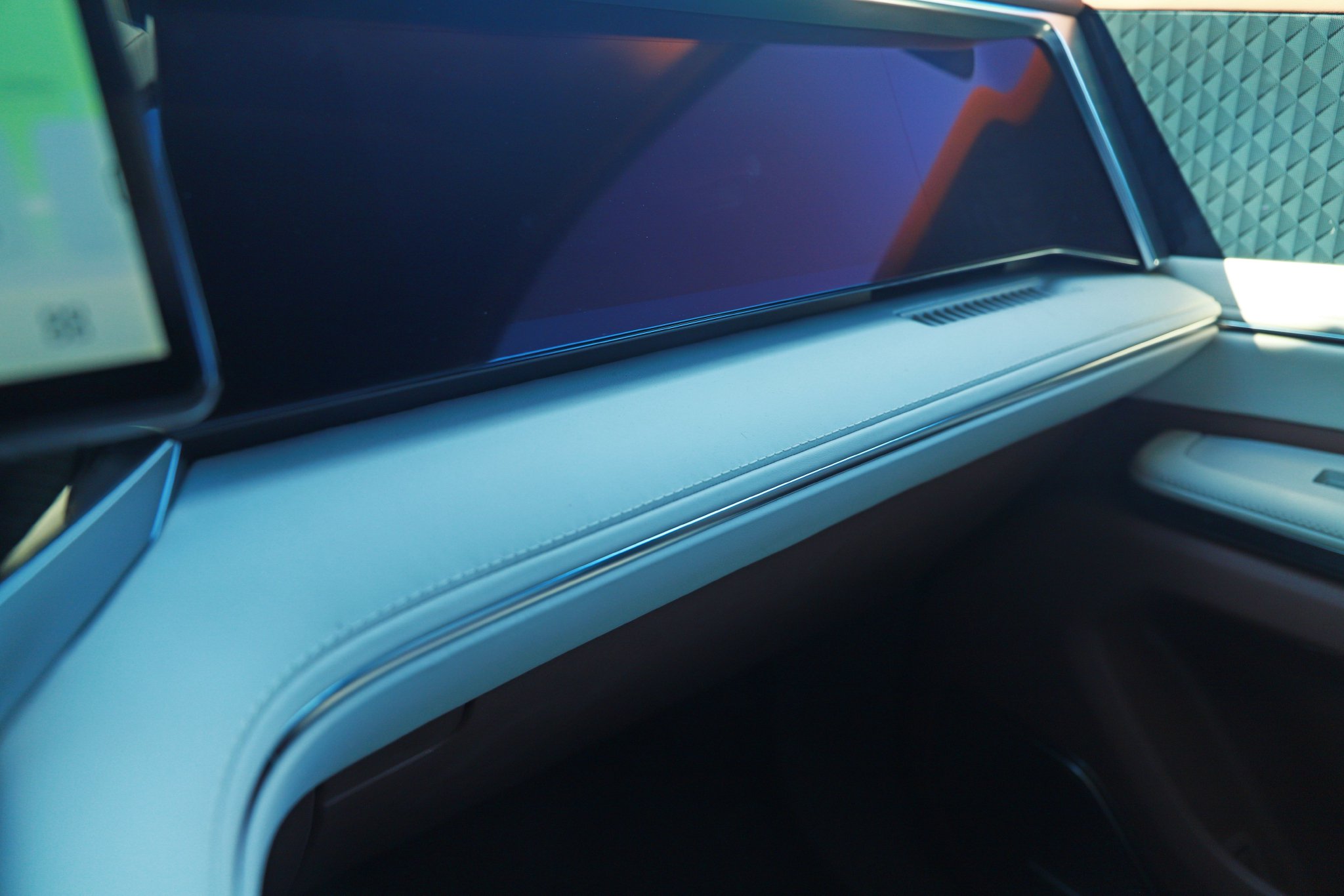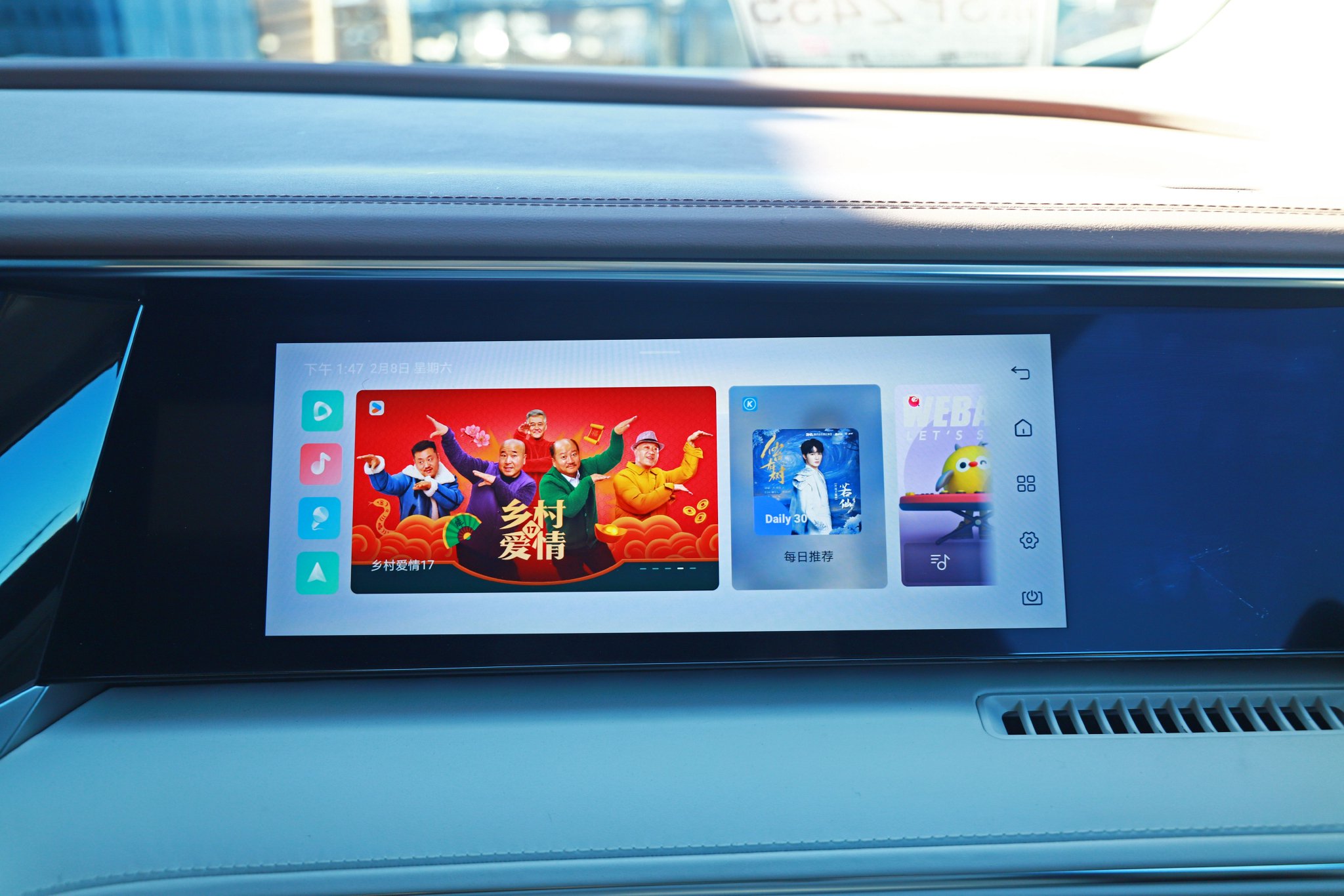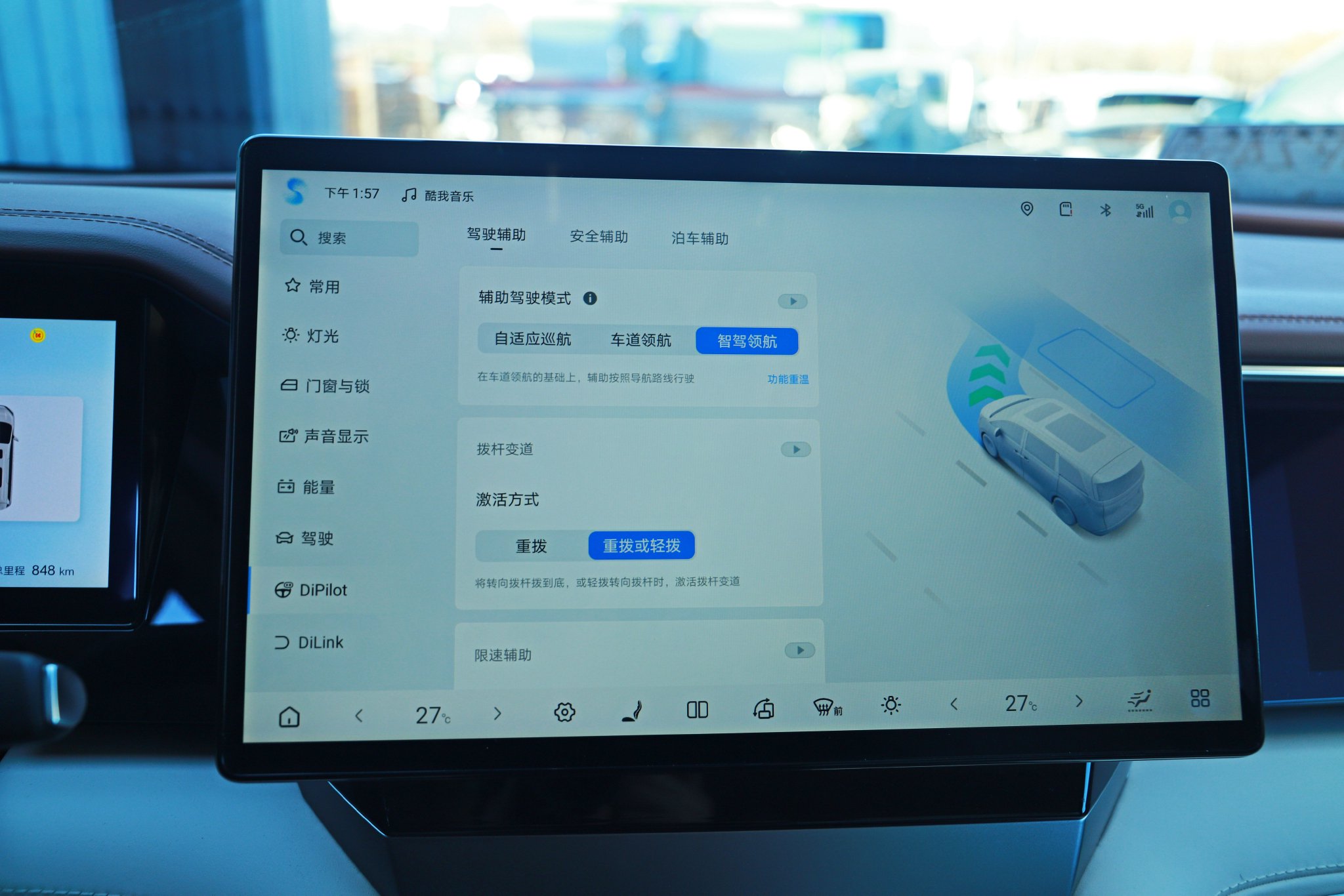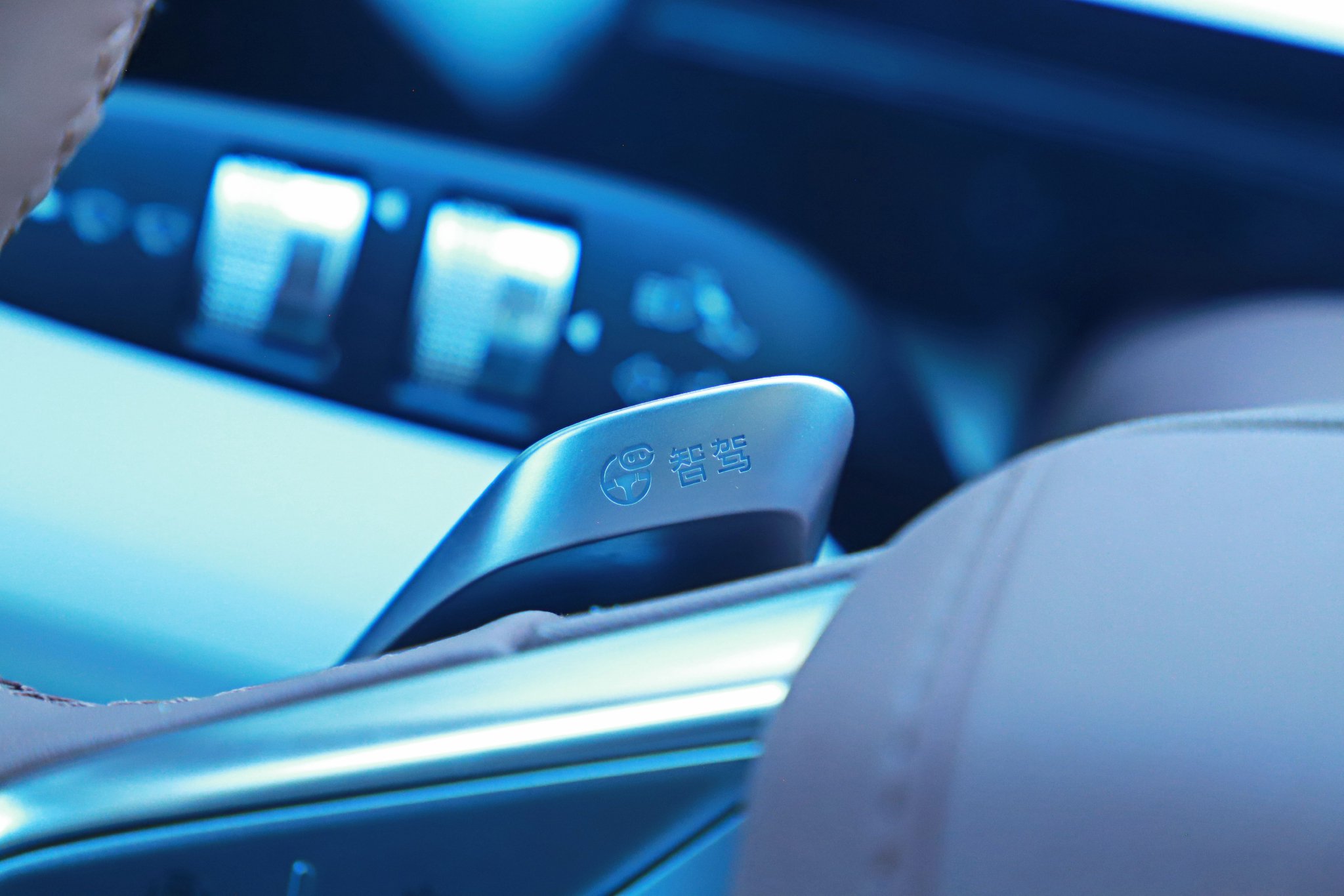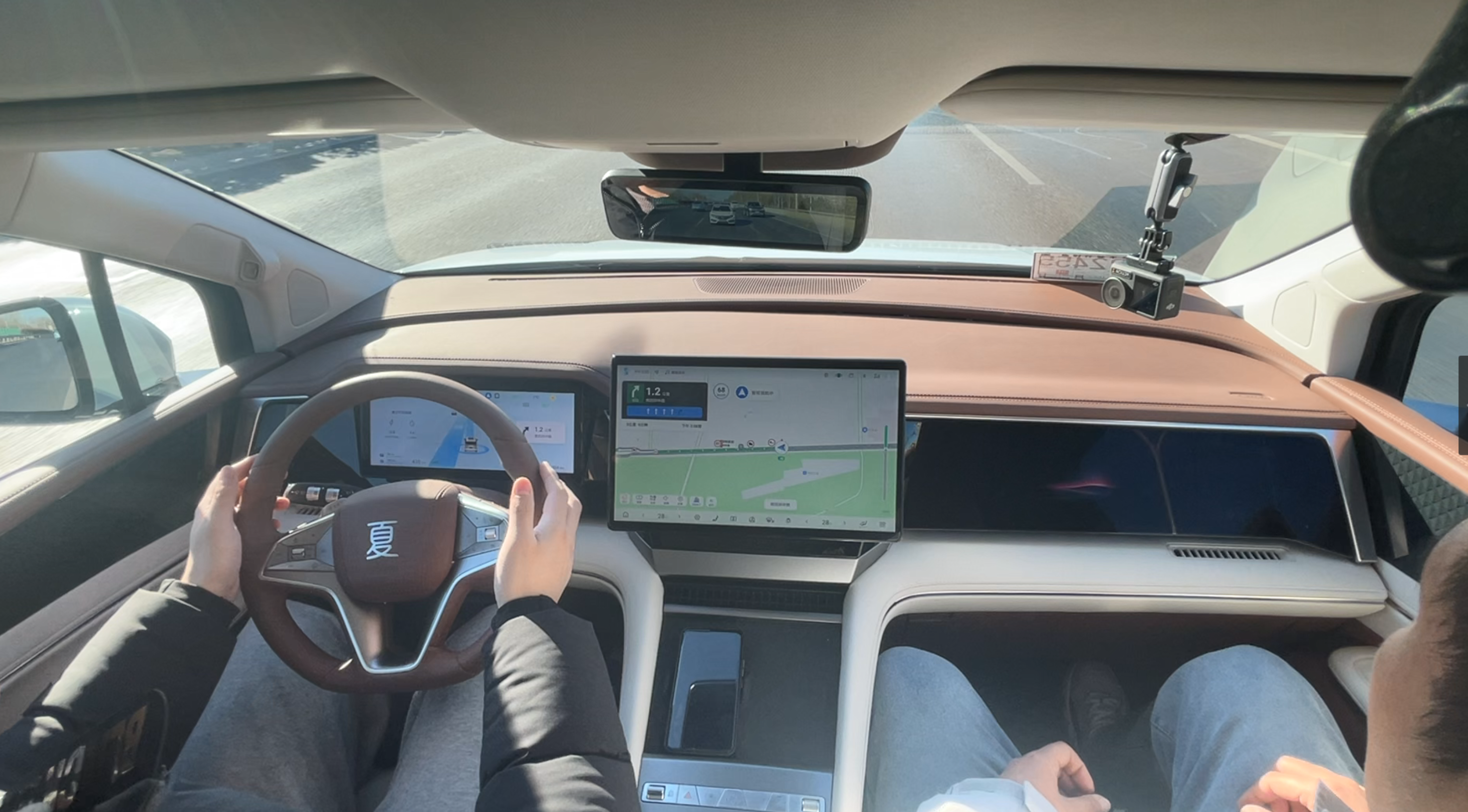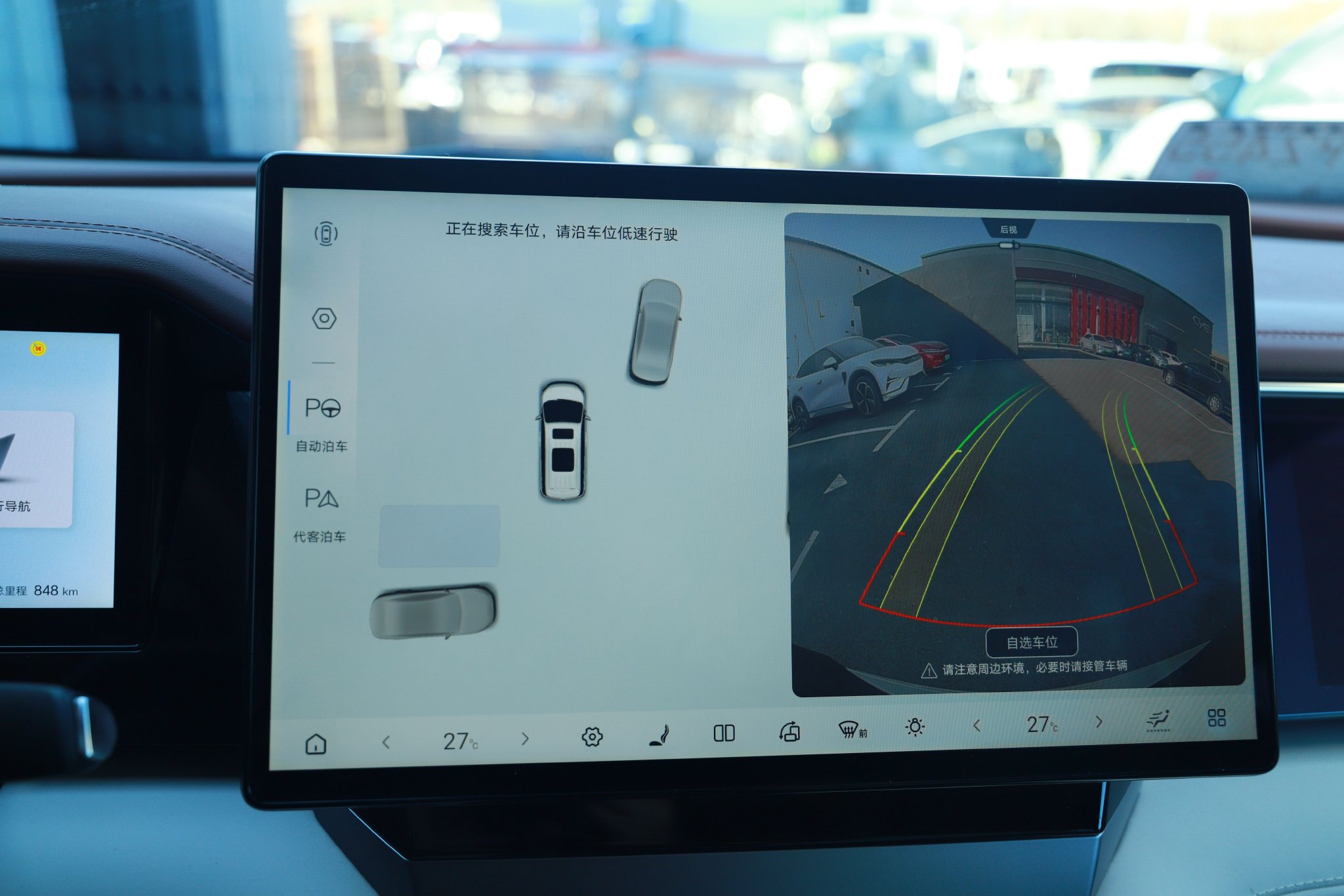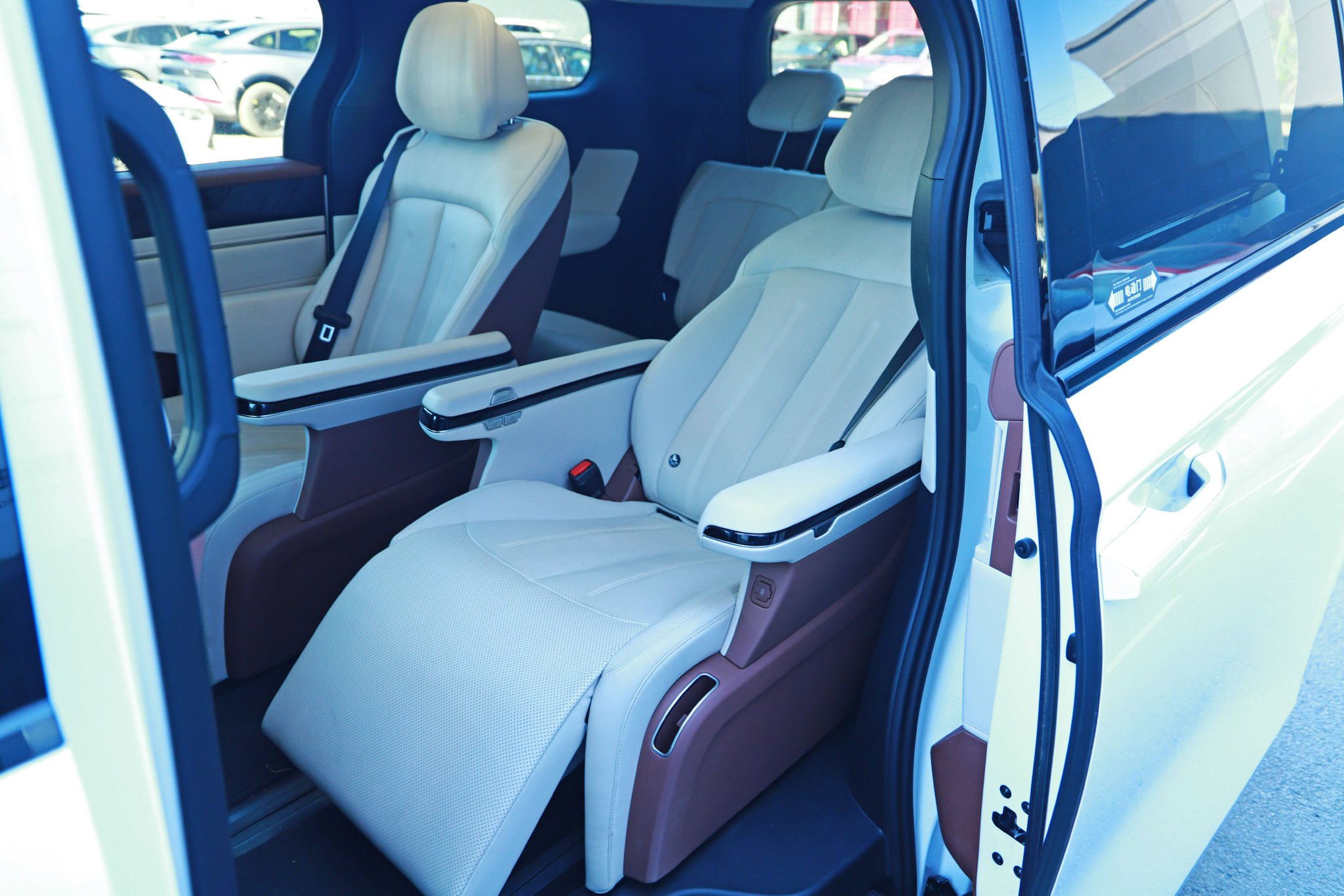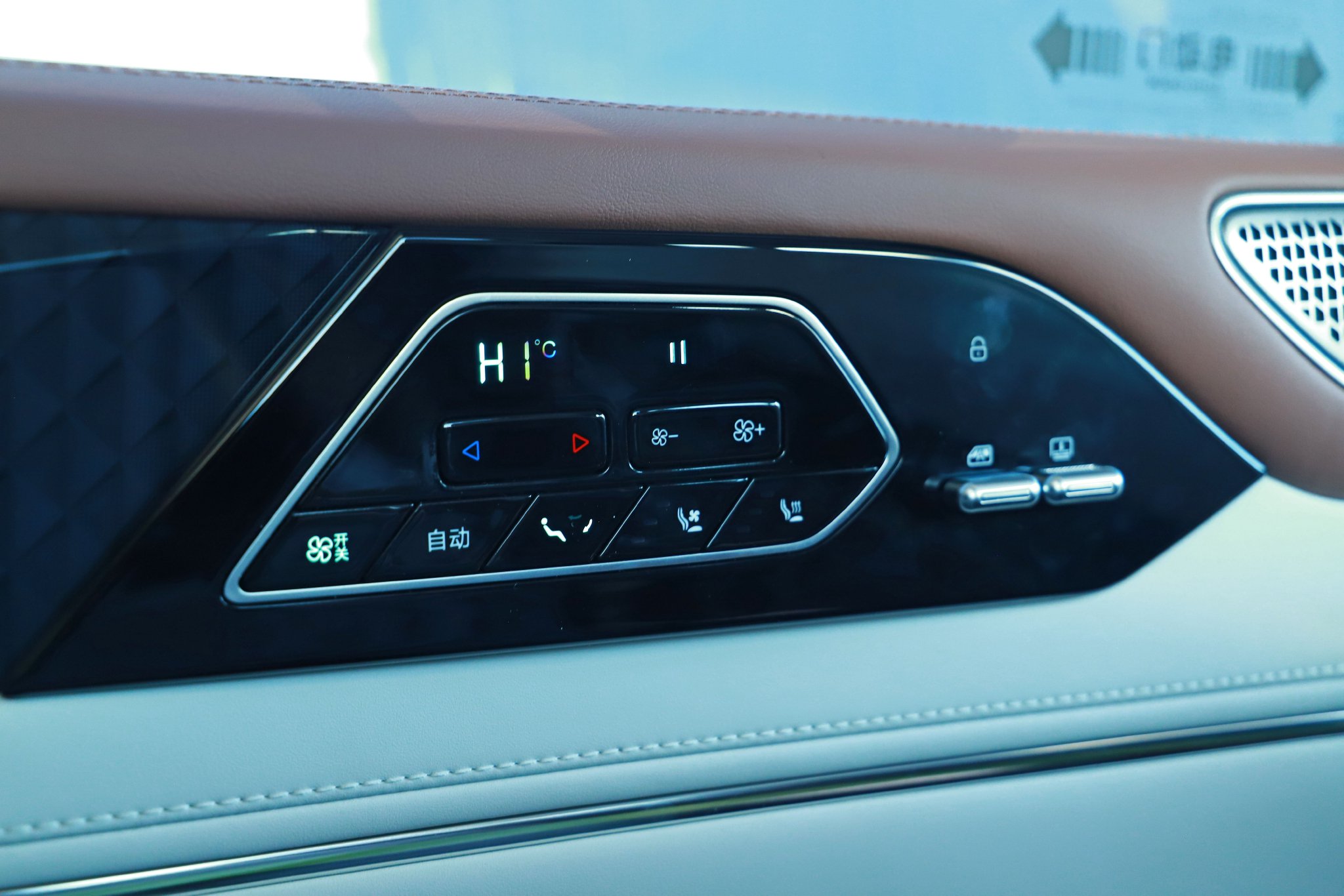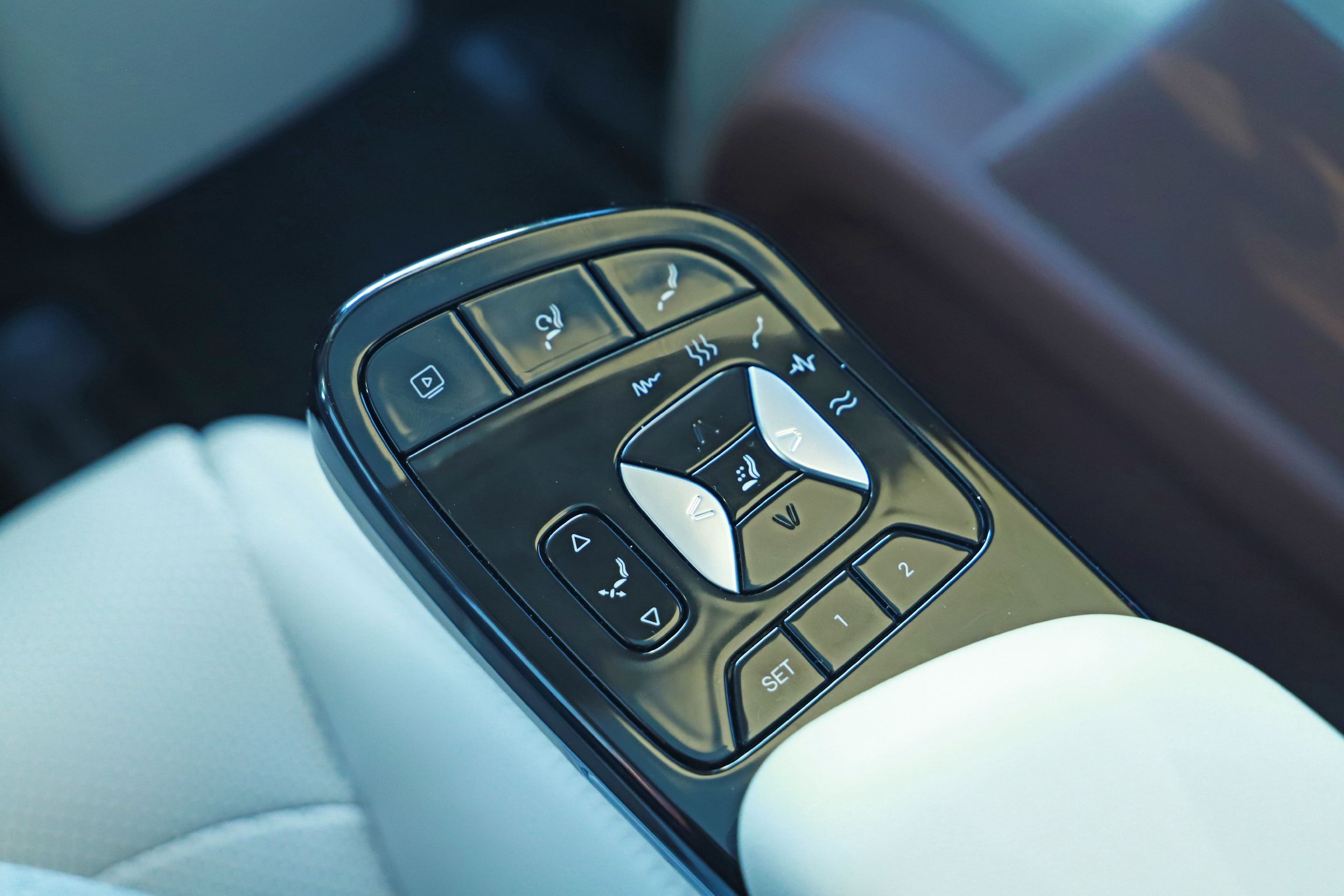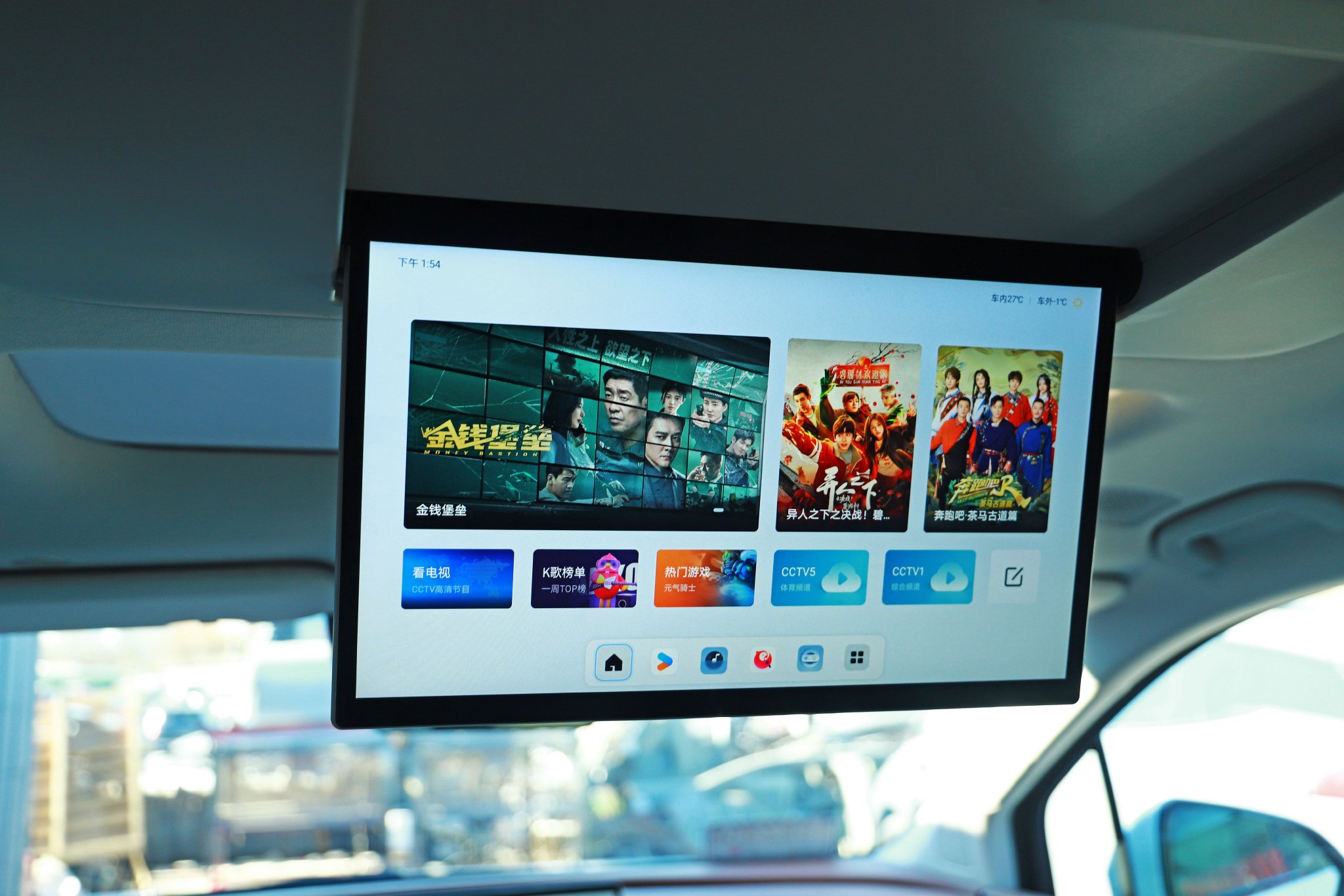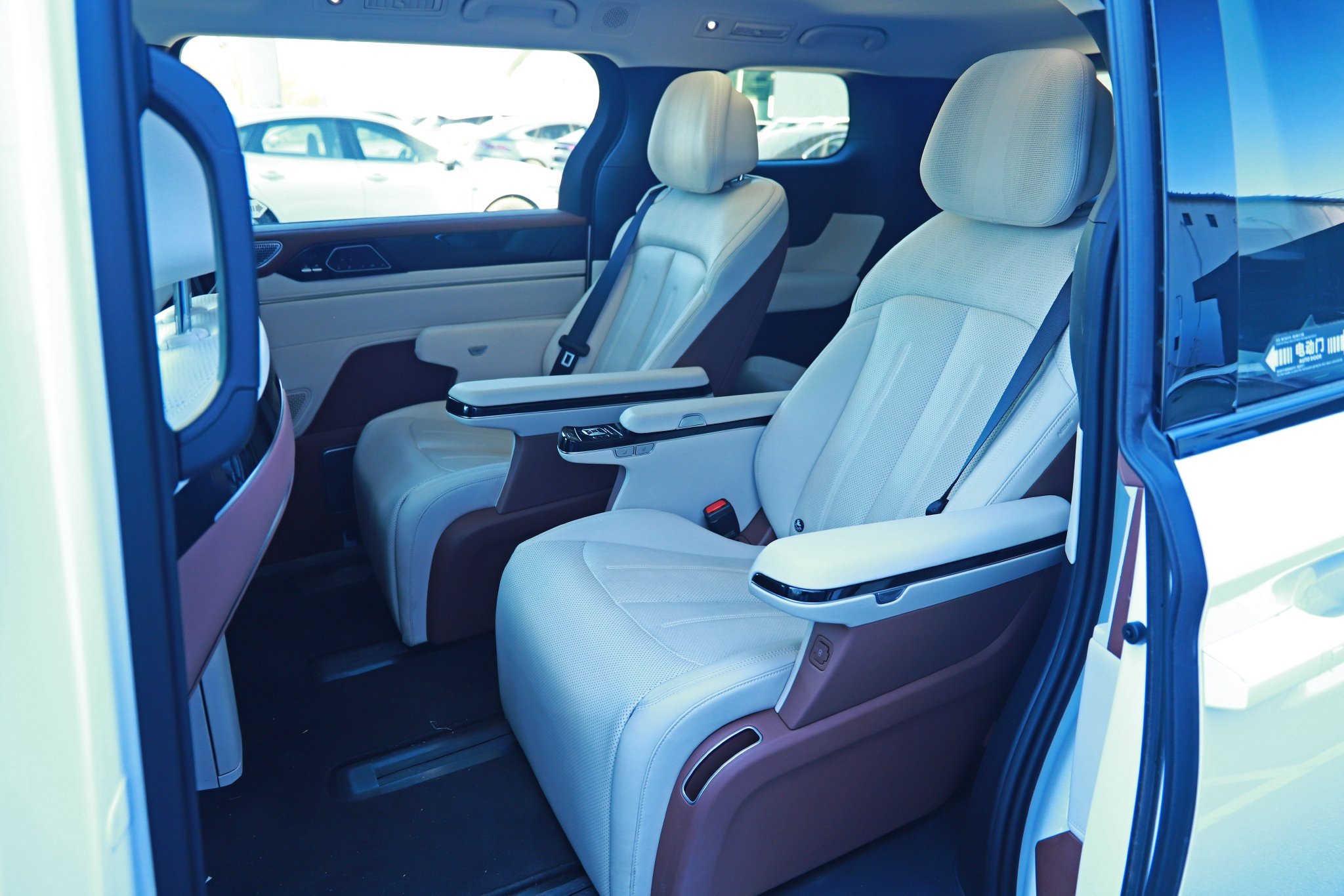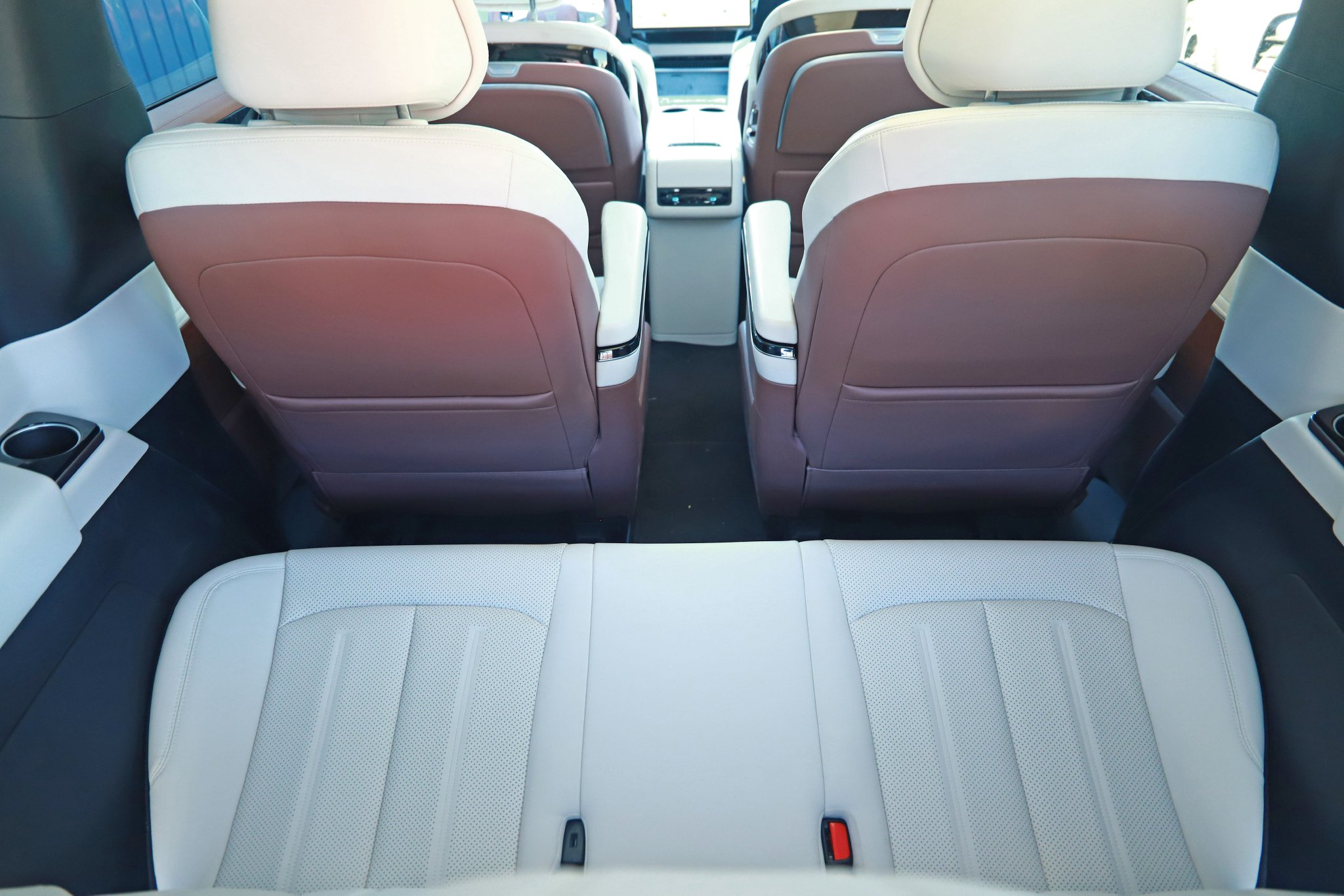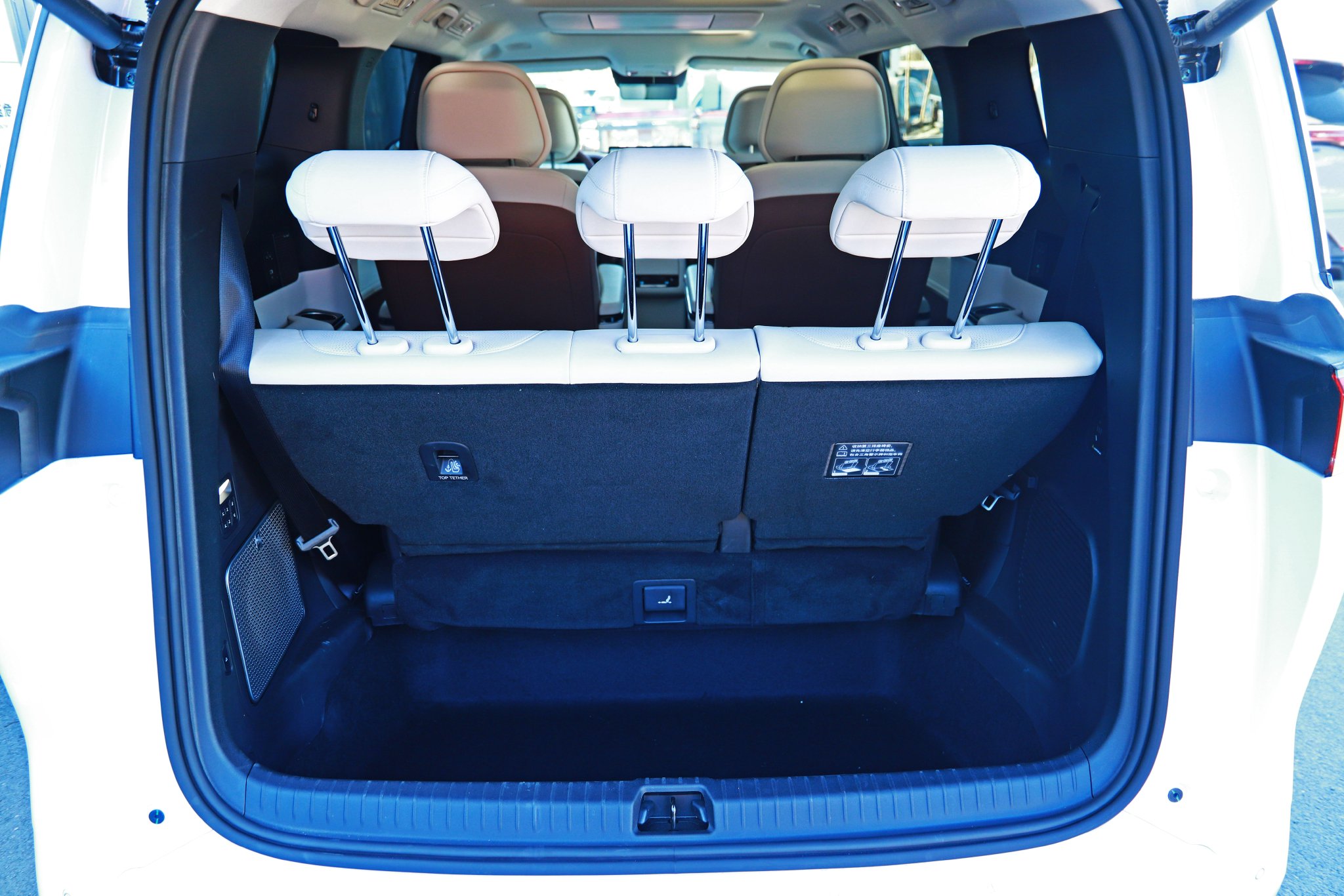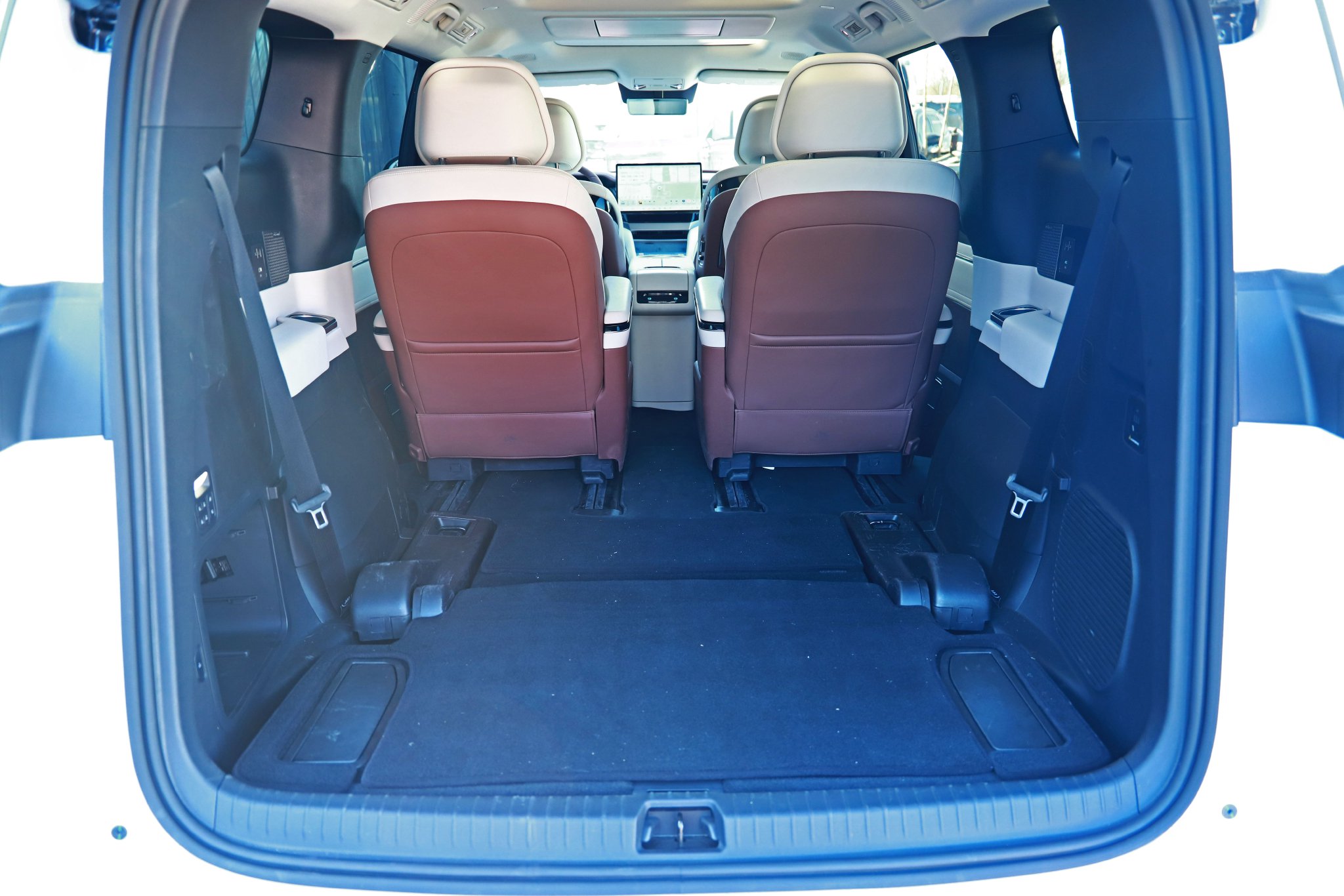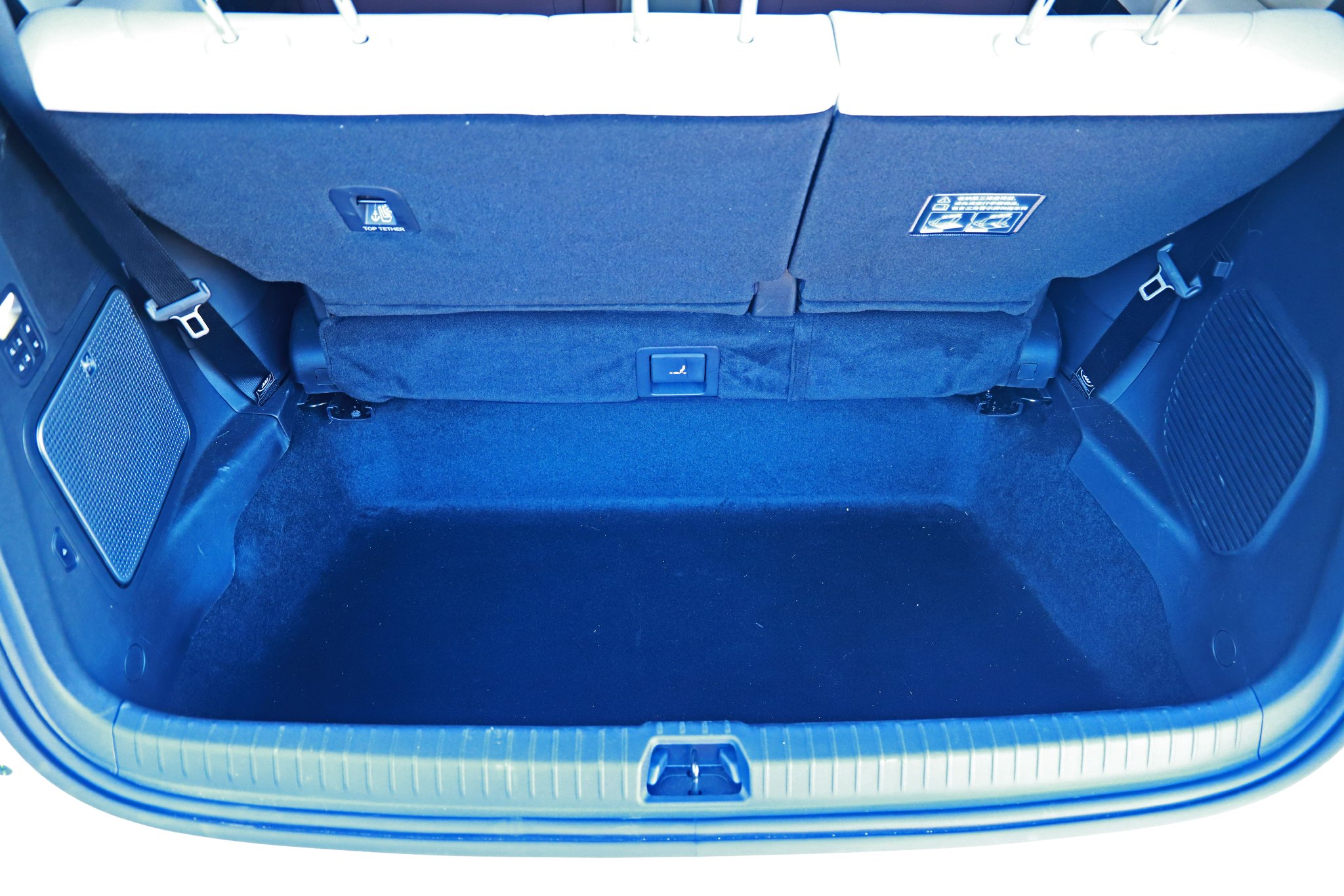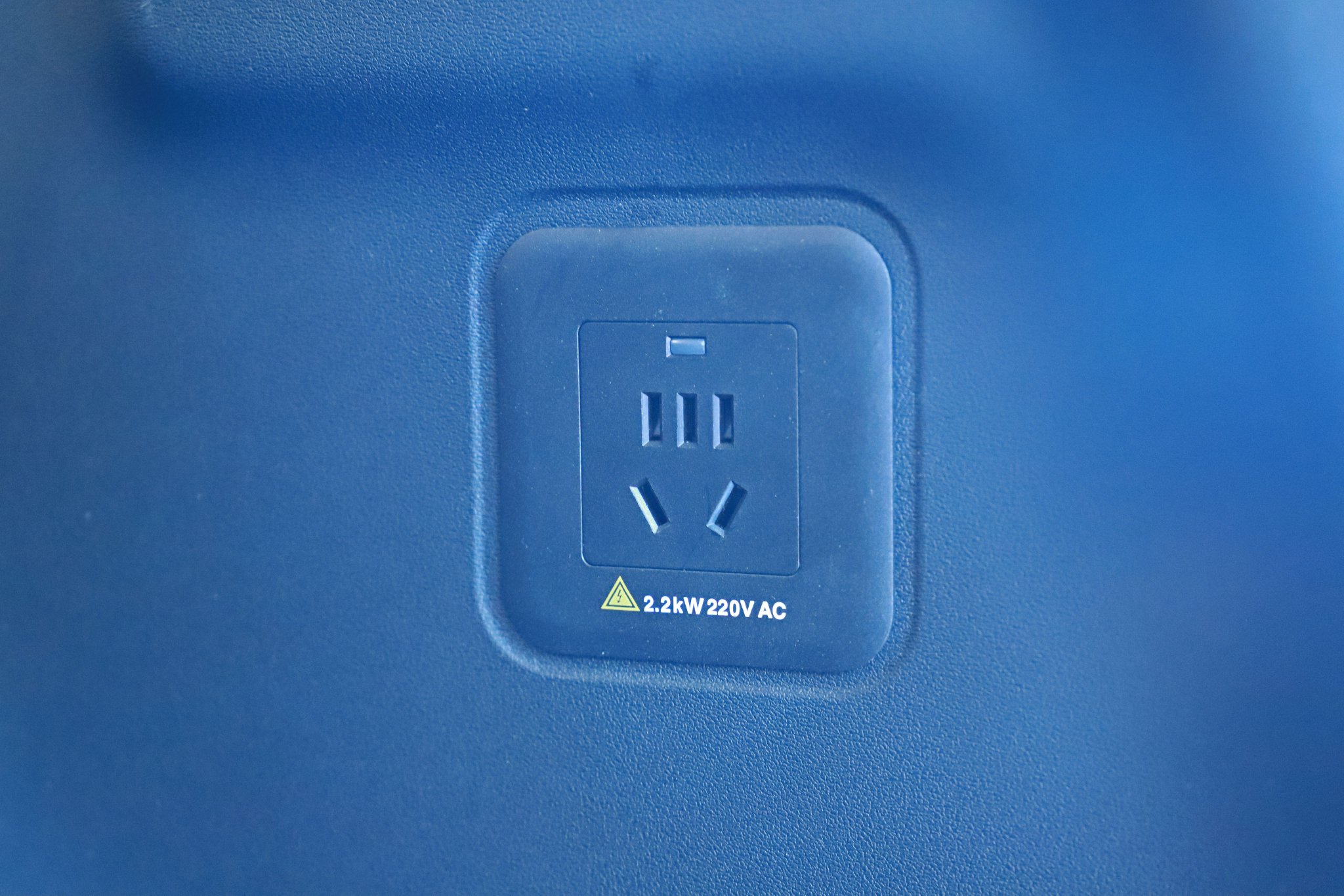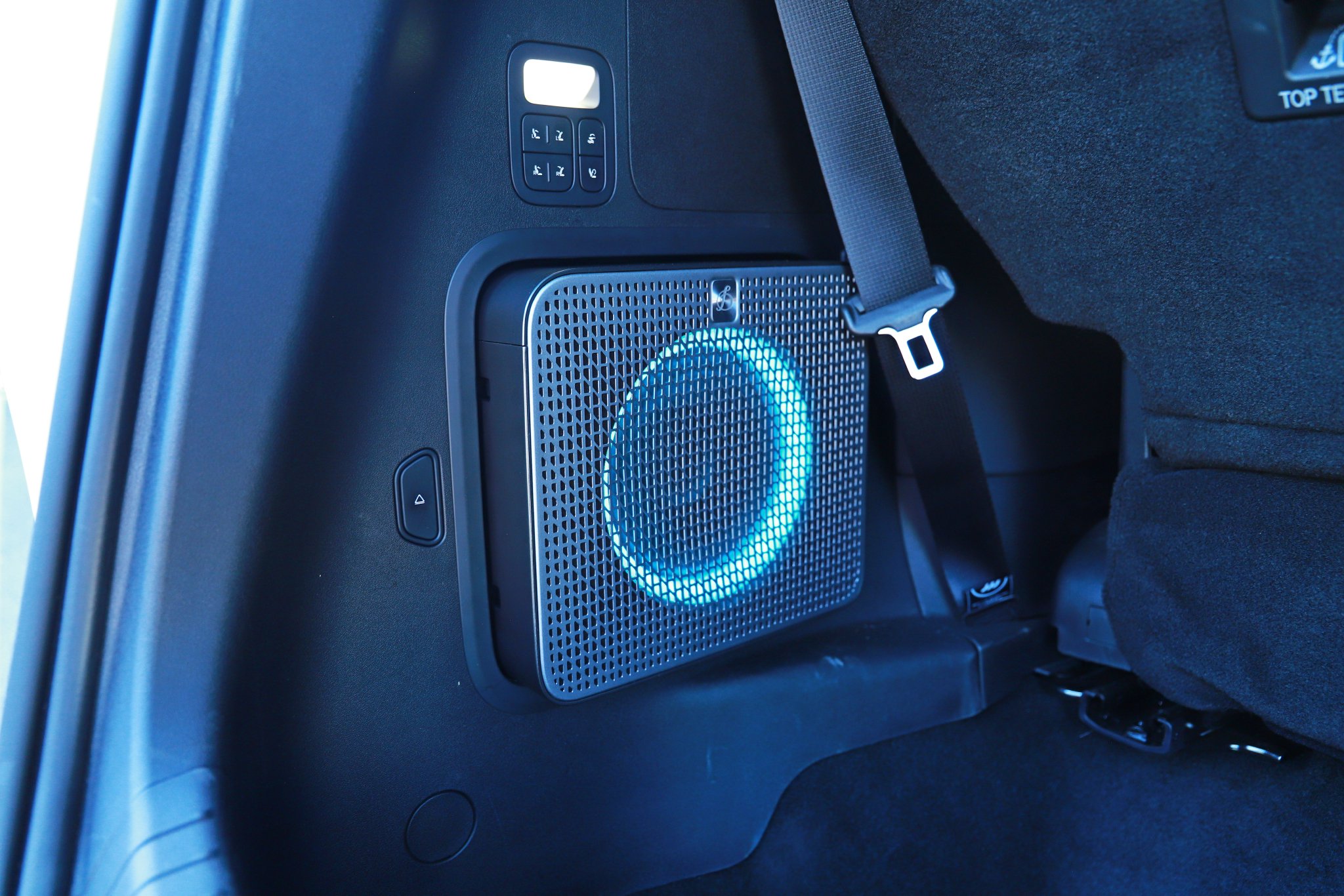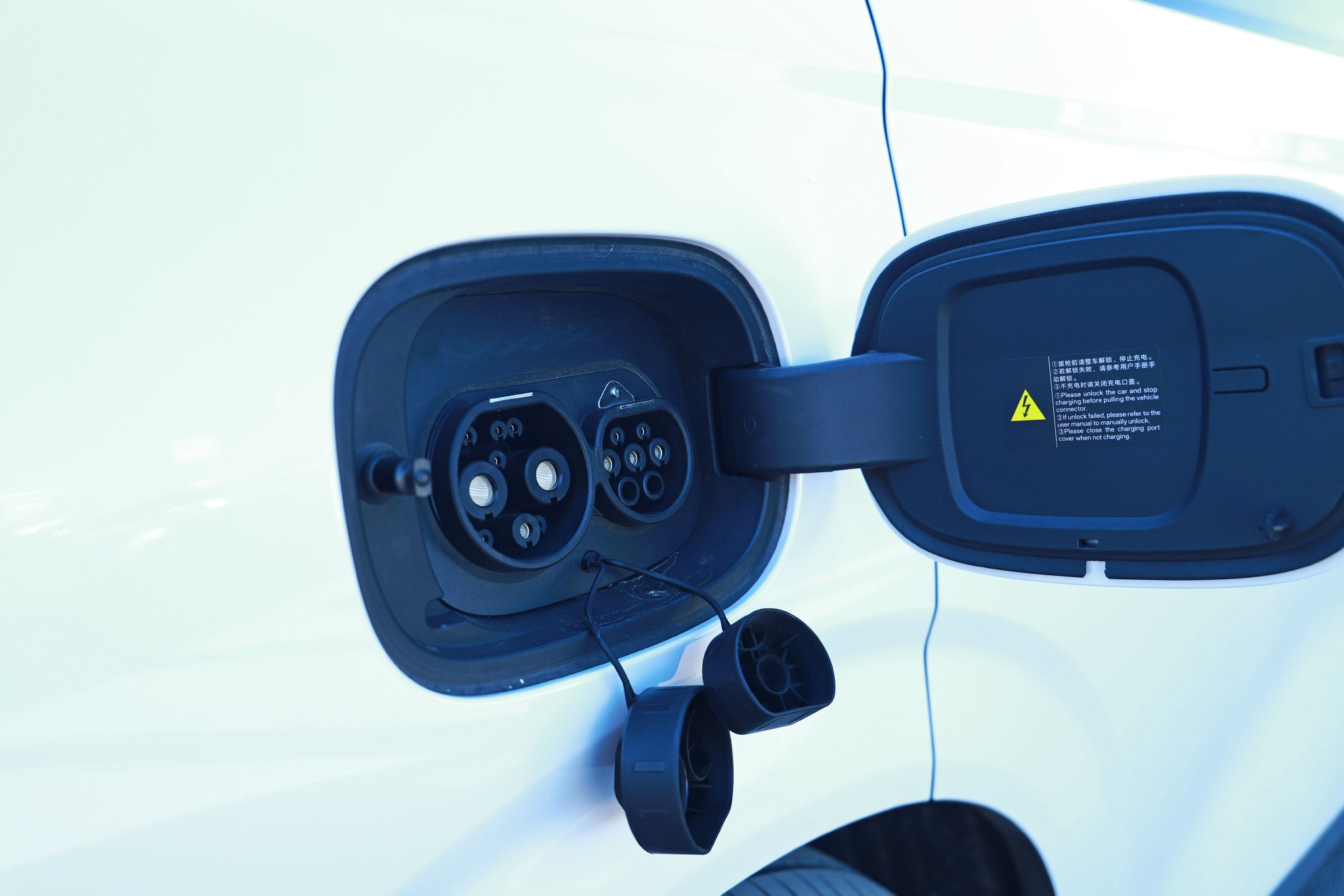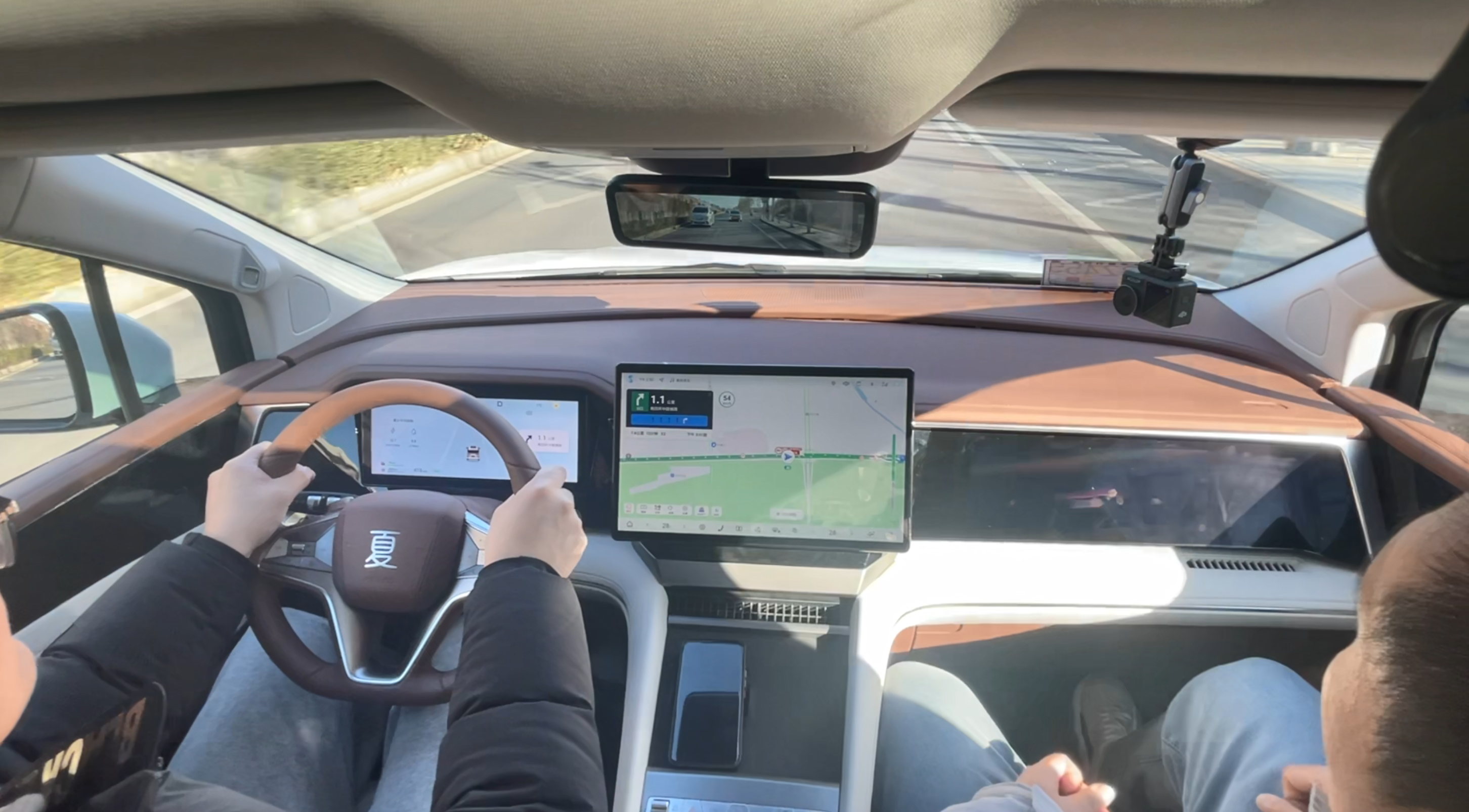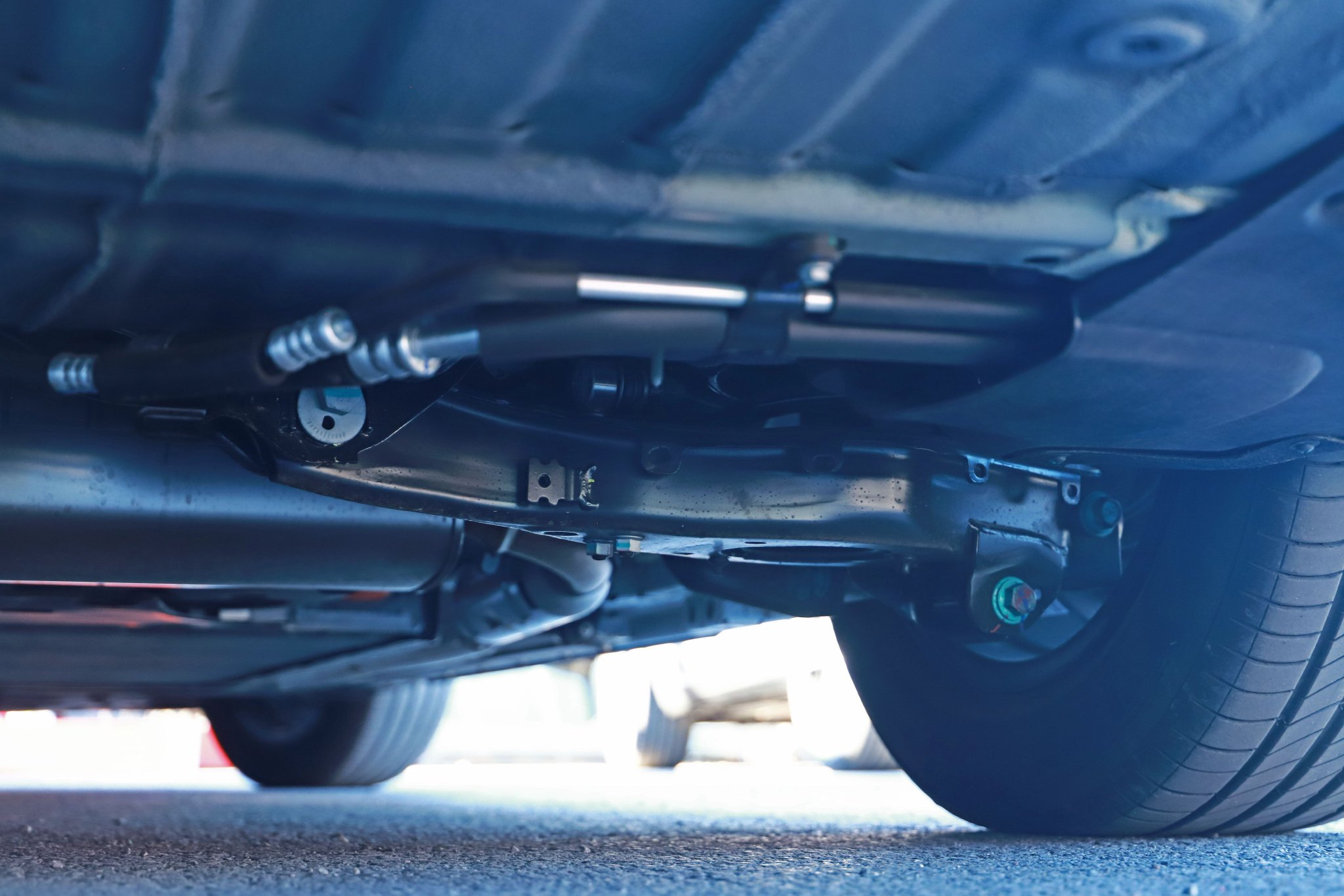Every year, BYD surprises consumers. In early 2025, BYD launched the new mid-to-large MPV, the Xia. This model features the fifth-generation DM technology and the advanced Tian Shen Yan C intelligent driving system. The price ranges from 249,800 to 309,800 yuan (42390$). Currently, the BYD Xia is available in stores. The Tian Shen Yan C intelligent driving system has also received an OTA update. We visited the store to explore the highlights that helped it sell over 10,000 units in its first month.
First, the design looks great. It features high originality. The overall shape uses a conventional MPV design. The stable body lines appeal to most family users.
In detail, the BYD Xia maintains the “Dragon Face” design of the Dynasty series. The headlights feature a recognizable dragon whisker shape. The armor-style grille is quite large. As an MPV, the front appears bulkier. The grille’s height adds to its presence. Overall, it creates a strong aura.
The side features a standard MPV shape. It lacks any flashy details, like multiple spokes on the wheels, integrated door handles, or curved roof lines. The design remains very conventional. Its length measures 5145mm, and the wheelbase is 3045mm. This size ranks above average for mid to large MPVs and closely matches the Sienna’s dimensions. This size suits family users well. The length exceeds 5.1m, ensuring ample interior space. The dimensions are not overly large, allowing every family member to enter and exit easily.
The rear design is also square and full. BYD retains its classic Chinese knot in the taillights. The Summer model appears more refined. This BYD Summer continues many family design elements. With four exterior color options, it boasts strong visual appeal.
The interior features a symmetrical design with horizontal and vertical lines. The panel has a scroll-like shape. The overall style remains steady. Like the exterior, it lacks flashy elements. However, the design is visually appealing. This should be the best choice for family users.
In terms of materials, you won’t worry about anything at this price point. Most of the interior uses leather. The top model features NAPPA leather. The dual-tone color scheme and ambient lighting enhance the luxurious feel.
The screen consists of a dashboard and a multimedia display. The top configuration adds a passenger entertainment screen. The vehicle features the DiLink 150 smart cockpit. It performs well in both functionality and smoothness.
In terms of smart driving, BYD’s entire Summer lineup features the Tian Shen Eye C – High-Grade Smart Driving Three-Eye Version. It includes five high-precision millimeter-wave radars, twelve ultrasonic radars, three integrated three-eye cameras, four high-definition surround cameras, four side cameras, and one rear camera. This totals 29 sensors. The system supports navigation assistance on highways and urban expressways. It enables automatic on and off ramps, signaling for lane changes, and autonomous overtaking. It also supports automatic parking and remote parking functions.
We tested its advanced driver assistance features. The test car from the dealership followed a fixed route. We experienced the navigation assistance on the city ring road. Currently, the system cannot autonomously enter or exit the ring road. Once on the main road, a light push on the smart driving paddle activates the navigation assistance. The system provides audio and visual prompts. The operation is simple and user-friendly.
When the system detects a slow-moving vehicle ahead, it changes lanes decisively. It can also signal while changing lanes. The entire lane change feels smooth. A key feature is that when the navigation indicates an exit 1 km away, the lane-keeping assist starts changing to the outer lane. It announces the upcoming lane change and prompts the driver to take control. The usability is quite high.
I experienced the automatic parking feature. It accurately identifies parking spaces. When it detects a space, it automatically parks the car. The parking process flows smoothly. Acceleration, deceleration, and steering feel gentle. The driver feels at ease, like an experienced driver. After reversing into the space, the car stops perfectly. However, if a vehicle is close to the parking line, getting in and out becomes difficult. There is room for improvement in this area.
At the MPV level of 300,000, the rear configuration must be high. The rear configuration of this model is very rich. First, the door panels feature controls for air conditioning, seat ventilation, heating, windows, and sunshades. Both sides have these controls, making them easy to use.
The seat has position adjustment and a quick reset button. The armrest hides buttons for seat massage, TV screen activation, and seat memory. This model has one of the most buttons in the rear for its price range.
In addition, this car features a ceiling-mounted TV, a car fridge, and small tables. The rear seat setup is very rich.
The space performs well. The second-row seats adjust significantly. The seat padding feels soft and comfortable. After adjusting the front seat for a 1.9m driver, the rear legroom remains spacious.
When you adjust the second-row seats to leave a fist’s space, the third row remains usable. There is still headroom and legroom. The third-row seat cushions are long and the angle is suitable. You can also adjust the backrest electrically. It is a truly usable third row. However, to allow the seats to fold completely into the floor, they compromised on the backrest length.
The trunk impresses me the most about this car’s space. It shares the same design as the Sienna. The third-row seats fold completely into the floor. This creates a flat space with over 2000L of capacity. Unlike the Sienna, it offers the advantage of one-touch electric folding.
When using the third-row seats, the trunk offers a nice dip. The third-row seats can slide forward by 10 cm to expand space. This design is very practical.
The trunk features a 220V, 2.2kW power outlet. You can connect various electrical devices inside the car. The top model includes a removable subwoofer. It delivers 170W and lasts for 9 hours on a full charge. This combination maximizes both practicality and fun.
Let’s briefly review the performance of the summer model. It uses fifth-generation DM technology. The system combines a 1.5T engine and an electric motor. The engine produces a maximum power of 115 kW. The electric motor generates up to 200 kW. It features a Fudi lithium iron phosphate battery. The CLTC pure electric range offers two options: 100 km and 180 km. With a full tank and full charge, the total range reaches up to 1060 km. The fuel consumption in low battery mode is 5.3 L/100 km and 5.4 L/100 km. The acceleration from 0 to 100 km/h takes 8.1 seconds and 8.5 seconds.
The car performs well in both the city and on the highway. It accelerates easily, even during highway overtakes. The engine does not engage frequently in daily driving. Even with heavy acceleration, the engine noise remains controlled. You hear the engine, but it is not noisy. Wind and road noise are also minimal. Overall, the driving experience is quiet and pleasant.
The chassis features the Cloud Chariot-C intelligent damping body control system. It delivers a noticeably comfortable ride. The vehicle feels solid and stable. Lane changes feel steady and controlled. The chassis feels robust, providing good comfort. As an MPV, the second-row seating matters more. It uses double-layer glass, offering similar sound insulation and quietness as the front row. In summary, this MPV stands out in the 300,000 yuan (41050$) new energy segment. Its competitiveness is high, with balanced overall performance. The first month’s sales reflect strong consumer recognition. Following the OTA upgrade, the full activation of advanced driving features is expected to boost sales further. Let’s look forward to it.
